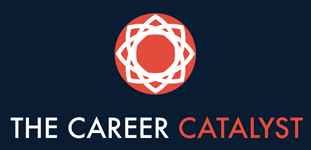
Now that you have the basics of your resume format sorted, let’s talk content. This is, by far, the most important piece to focus on as you write or rewrite your resume, so plan to spend some time on it.
First of all, arrange your information so the most important info is on top. For most people, this means a summary of your skills and accomplishments first, followed by your work history in reverse chronological order, with the newest experience first. But for some people, it means pulling out the relevant info and putting that on top. For example, you might have a section under your summary called something like “bookkeeping experience” or “relevant experience.” Then under that heading, list things in reverse chronological order, newest first. Your other experience will go under that, with a heading of “other professional experience” or something similar.
If you have a lot of experience, or there are some gaps in your work, you can title your experience section a little more creatively. Something like “selected relevant experience” or “experience highlights,” for example.
Keep things consistent in the document: boldface for the same kinds of things, underlining or not all the way through, and so forth. Start your bullet points with verbs instead of things like “responsible for.” Tasks you do currently should be in the present tense (“manage,” “write,” “provide,” etc.), and one-time tasks or things you don’t do should be past-tense (“oversaw,” “edited,” “created”).
Whenever possible, include some measurable results. You don’t have to force this, but when you have something nice and concrete, make sure you include it. This can be things like decreasing staff turnover by 10% or increasing monthly sales by $2400, or it can be things that you’ve been told: “Students reported higher confidence about exams and speaking in class.”



